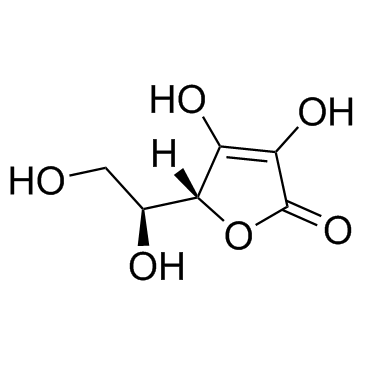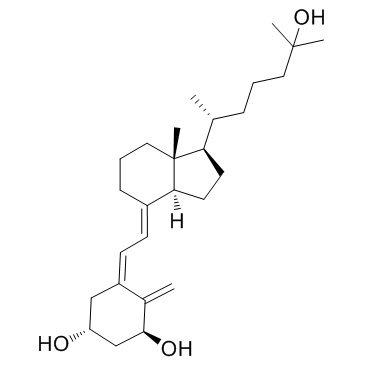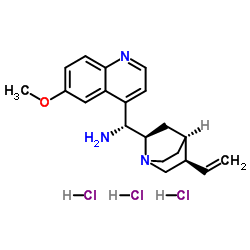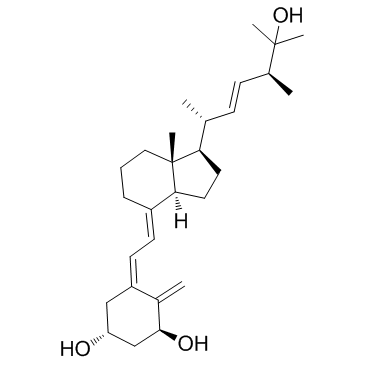| Structure | Name/CAS No. | Articles |
|---|---|---|
 |
Ascorbic acid
CAS:50-81-7 |
|
 |
Dexamethasone
CAS:50-02-2 |
|
 |
Calcitriol
CAS:32222-06-3 |
|
 |
(9R)-6′-Methoxycinchonan-9-amine trihydrochloride
CAS:1391506-12-9 |
|
 |
1-α,25-Dihydroxyvitamin D2
CAS:60133-18-8 |